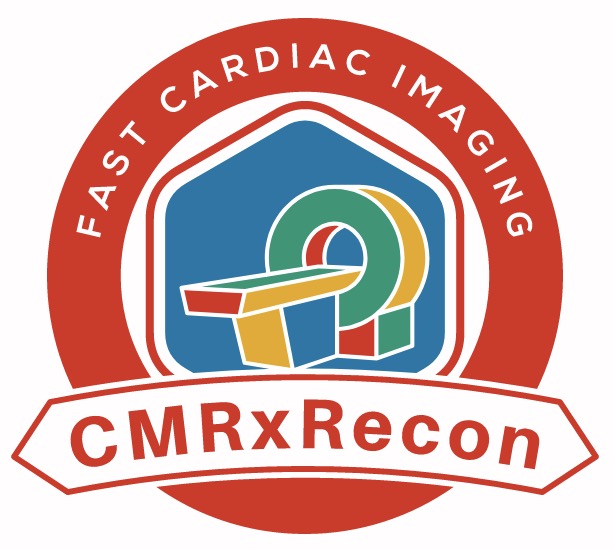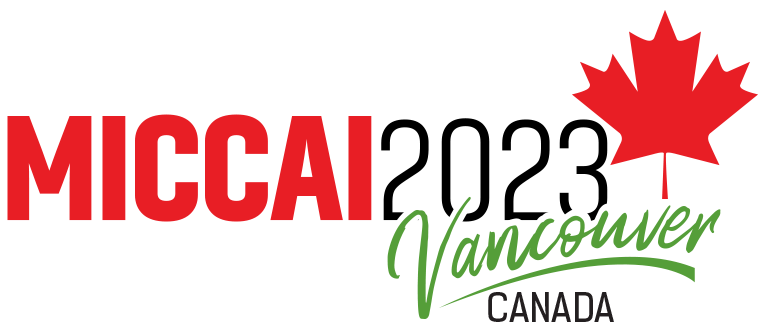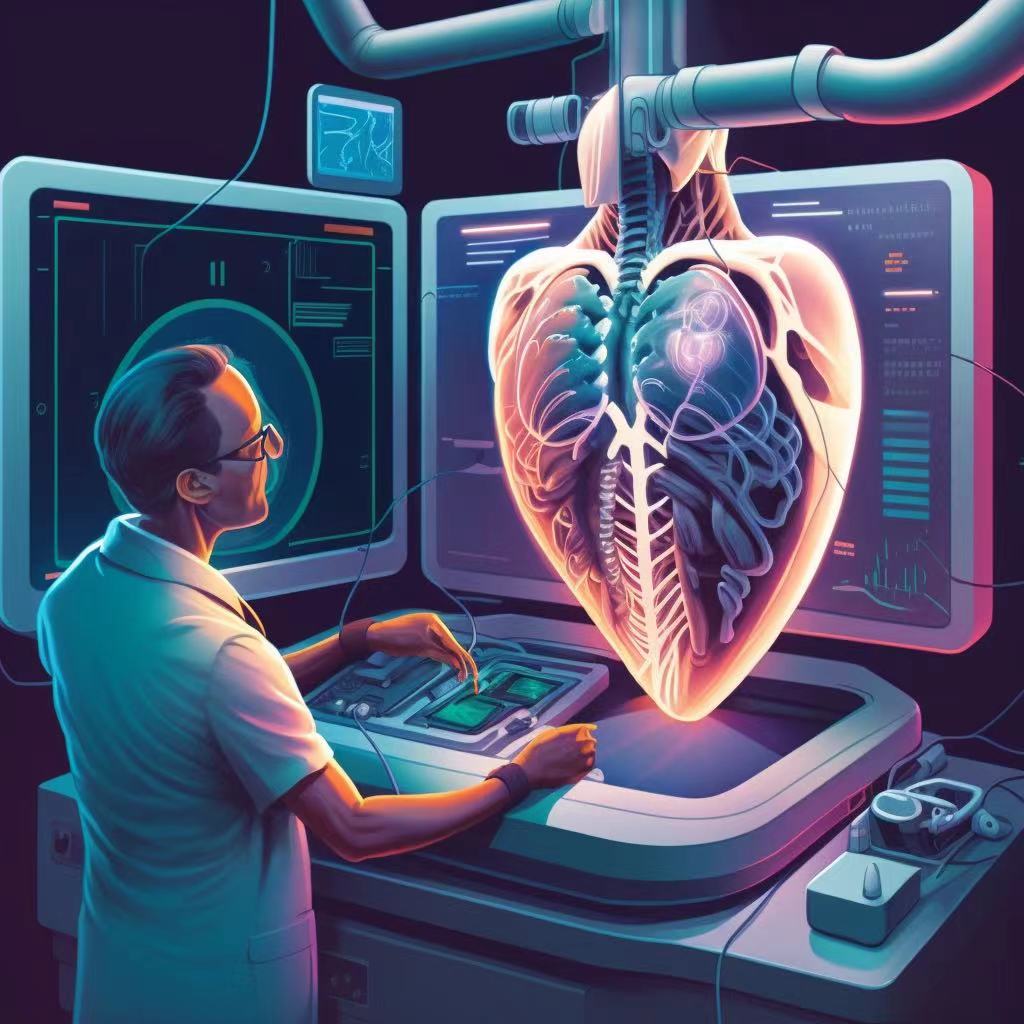






Hi Participants,
Thanks for your interest in the CMRxRecon Challenge again. Until now, we kindly remind you of three updates.
1. We have uploaded a zip version of the dataset on One Drive. Unfortunately, due to the restrictions from One Drive, we are not allowed to upload a file larger than 200GB. Therefore, we uploaded several zip files with the same structure on One Drive. Participants need to recompose folders by themselves. The download link and password are updated in the new DownloadLink.txt. (
https://www.synapse.org/#!Synapse:syn51476561/files/
)
2. To check whether the dataset is downloaded and completed or correctly, we provide some Python scripts on our GitHub(
https://github.com/CmrxRecon/CMRxRecon/tree/main/Download_Dataset_Check
). The 'CMRxRecon.xlsx' file generated from our complete dataset is uploaded on the website(
https://www.synapse.org/#!Synapse:syn51476561/files/
)
3. FAQ has been updated! (
https://cmrxrecon.github.io/FAQ.html
)
Feel free to contact us, if you have any questions.
Best regards,
CMRxRecon Team
1. All individuals who wish to participate in this challenge are required to register using their real name, affiliation details (including department, university /institute/company name in full, country), and affiliation E-mails. Incomplete and repetitive registrations will be removed without any prior notice. Each team is permitted to have a maximum of six members.
2. During the validation and training phase, all participants must submit a complete solutio
n to this challenge, which includes a Docker image(in tar file format) and a qualified methodology paper (of at least 8 pages, in LNCS format).
3. All participants must agree that the short papers they submit can be made publicly available on the challenge website, and that organizers can use information provided by participants, including scores, predicted labels, and papers.
4. Participants are not allowed to register multiple teams or accounts.The CMRxRecon Organizers reserve the right to disqualify such participants.
5. Redistribution or transfer of data or data links is prohibited. Participants must use the data solely for their own purposes.
6. Participants should develop fully automated methods based solely on the training set, and no manual interventions (such as manual annotation of cases) are allowed.
created with
Website Builder Software .